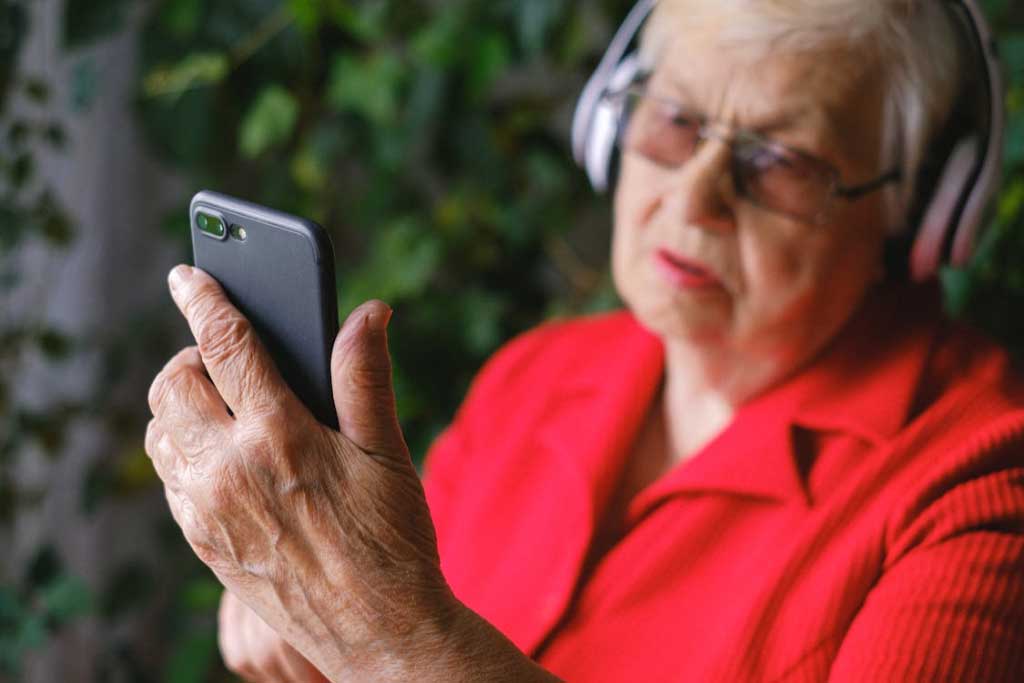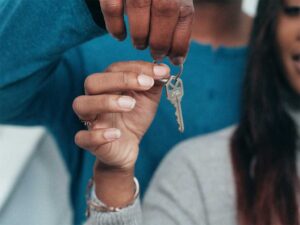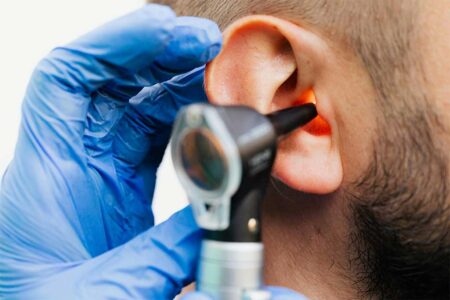Living with hearing loss can have a significant impact on your life. Healing loss can be isolating, frustrating, and an incredibly stressful condition to navigate for many people. And despite the overwhelming majority of people with hearing loss not wearing hearing aids or getting help restoring hearing loss in any way, there is a wealth of tools and technology on the market to help you live your life every day and boost your everyday activities. From smart hearing aids to apps that transcribe conversations, you’re not alone, and the right hearing tools can make a difference to you.
So what is available?

Smart Hearing Aids
Hearing aids have evolved significantly from the bulky, old-fashioned devices of the past. Today, they are discreet pieces of technology that offer a powerful hearing experience without the stigma of a visible device. These modern aids can wirelessly connect to TVs, phones, and computers, sync with apps for a personalized listening experience, come with rechargeable batteries, and even track your hearing health.
Assistive Listening Devices
Assistive listening devices (ALDs) are there for those times when your hearing aid isn’t enough and you need extra help in loud and noisy environments, which can make it tricky for anyone to hear. ALDs use FM, infrared, or Bluetooth technology to reduce background noise and deliver sound directly to your ears for better listening quality. Essentially, they help bridge the gap between hearing aids and real-world listening for a more inclusive experience.
Captioning Tools and Apps
Captioning isn’t just for watching Netflix anymore; there are multiple apps like Google’s Live Transcribe, Ava, and Otter.ai that convert actual words in conversations to real-time captions on phones and devices. You can use these in various environments to keep up with what is being said, and they’re ideal for classrooms, conferences, social gatherings, or literally anywhere else you need an extra hand hearing what is being said.
Alerting and Safety Devices
Your hearing doesn’t just allow you to converse with others; it’s a security tool your body has so you can hear warnings or alerts. And if you’re not able to hear properly or at all, then you’re likely missing important warnings in the world around you, from your morning alarm to smoke alarms, vehicle warnings, and more.
Alerting and safety devices for people with hearing loss include alarm clocks that vibrate or flash to get your attention, smoke detectors with strobe lights, or baby monitors with visual alerts. These devices are built with hearing loss at the forefront, so you can still be alerted in a way that captures your attention.
Telehealth
Regular hearing appointments are crucial when living with hearing loss. Telehealth services, such as remote hearing tests, video consultations, and adjustments to hearing aids via secure apps, provide a vital lifeline to your audiologist or other hearing care professional. This reassures you that you can stay connected and receive the necessary care for your hearing support, even while living your life.





